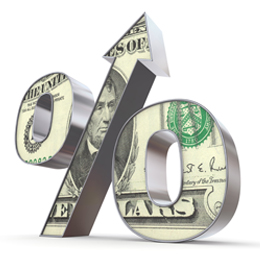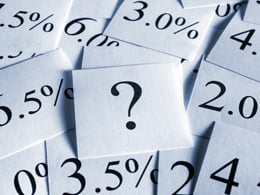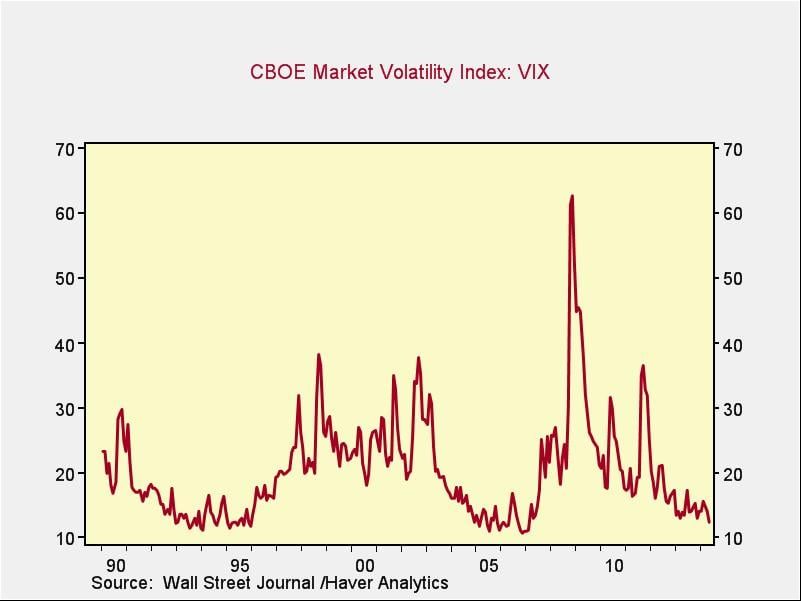With stocks hitting new highs today, even as the pace of economic growth seems to be slowing, much of the market’s strength appears to be coming from the continued low interest rates provided by the Federal Reserve. Although we don’t know when rates will rise, the general consensus seems to be that it will happen sometime this year.
With that in mind, it’s time to take another look at what happens when rates start to rise, a topic I originally addressed last year.














